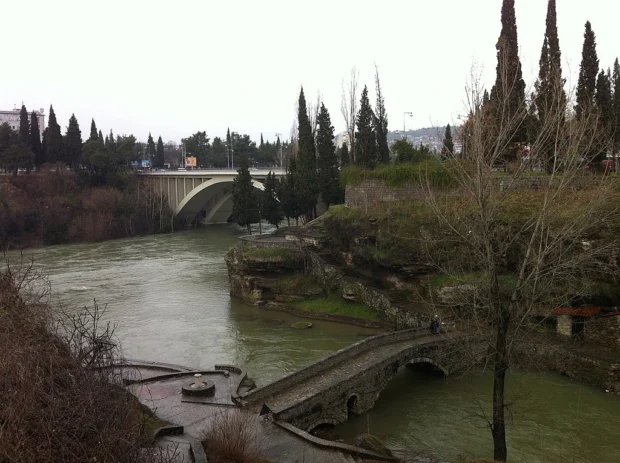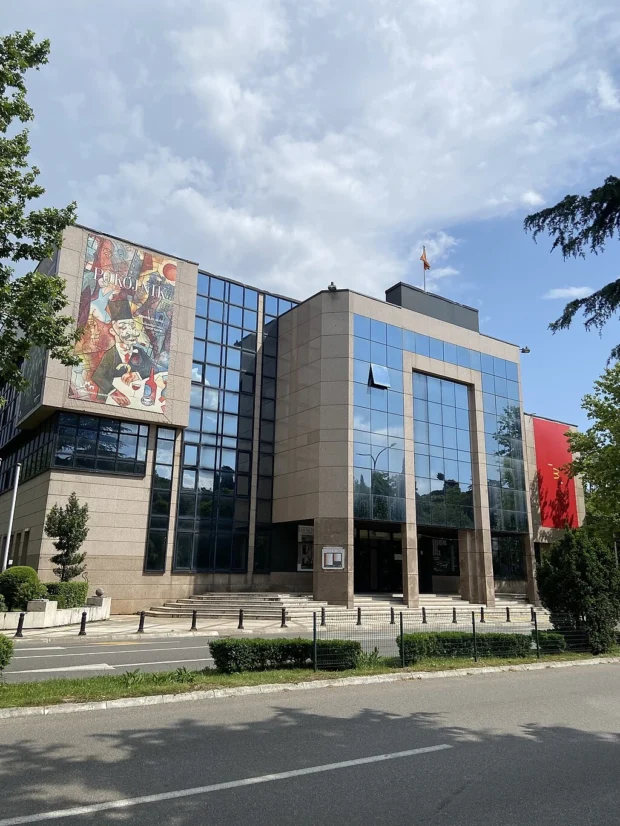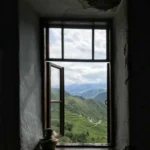Podgorica, the capital city of Montenegro, feels like a meeting point between old and new. It is a city where history quietly rests beside everyday life. When we walked through its streets, we saw not only famous landmarks but also small moments that make Podgorica special. Whether you like old castles or tasty meals, the city offers many surprises. Let’s talk about what you can see, eat, and understand about Podgorica, so you get a true feeling of this place.
Table of Contents
Walking Through Podgorica’s Popular Landmarks
Starting our visit, we found that Podgorica’s landmarks tell stories from many times. The Millennium Bridge caught our eyes first. Its white cable design looks modern and fresh, like a giant harp over the Morača River. Crossing it gives a great view of the river and city, a perfect spot to pause and feel the city’s pulse.
To enjoy a city where old and new blend uniquely, take a look at Istanbul’s lively markets and monuments, filled with layers of history and vibrant culture.
Nearby, the Clock Tower (Sahat Kula) stands quietly, watching over Podgorica’s old district. This small tower shows Ottoman influence, reminding us that the city has been a crossroads of cultures for centuries. The tower is not tall, but it holds many stories if you stop to listen.

Another place we loved is the Orthodox Cathedral of the Resurrection of Christ. Its golden domes shine under the sun, and the inside holds beautiful icons and paintings. It feels peaceful here, a spot where visitors can sense local faith and art together.
For those interested in history, the Roman mosaics at Ribnica River Park are worth a visit. These remnants from the ancient city of Doclea tell stories of a time long before Podgorica was what it is today.
Tasting Podgorica’s Traditional Dishes
Food in Podgorica deserves more than just a quick bite. We enjoyed tasting “kačamak,” a traditional dish made from cornmeal, similar to polenta but thicker and creamy. It’s often served with cheese or meat and is typical comfort food for Montenegrins. You will find it in small restaurants in the city center or near the river.

Another favorite is “njeguški pršut,” a type of smoked ham from the Njeguši village. We tried it sliced thin with fresh bread and olive oil. Simple flavors, but they tell of long traditions and careful preparation.
During our walks near the Ribnica district, we stopped at local bakeries. The smell of freshly baked “burek,” a pastry filled with cheese or meat, was irresistible. It’s a popular snack and perfect when you need a quick energy boost.
After discovering Podgorica’s lively streets, you might enjoy a visit to Thessalonika’s colorful markets and coastal views, where history and local flavors also come alive.
For drinks, try “rakija,” a strong fruit brandy that locals enjoy during gatherings. Don’t worry-it’s served in small glasses! Sharing rakija often means friendship and good conversations.

Getting Around Podgorica with Ease
Podgorica is a small city, so walking is often the best way to see its heart. We walked from the old town to the newer parts in about twenty minutes. But if you prefer faster travel, the city’s bus system is reliable and cheap. Buses run regularly across main routes.
From the airport to the city center, there are shuttle buses that connect at the main station. For those who want to feel the city’s pace, taking a bus is a good chance to observe daily life and chat with locals.
Understanding Podgorica’s Friendly Culture
Montenegrins greet with a warm smile and sometimes a handshake. In Podgorica, it is polite to say “dobar dan” (DOH-bar dahn) when you meet someone-it means “good day.” We learned that people appreciate simple respect and patience.

At meals, it’s common to wait for everyone to be served before starting to eat. Sharing food is a sign of friendship, so be ready if invited to try more! Also, when visiting religious places like the cathedral, dress modestly and behave quietly.
A funny moment was when we tried saying “hvala” (HVAH-lah) to thank someone. It means “thank you” and locals smiled when we used it. Another useful word is “molim” (MOH-leem), which means “please” or “you’re welcome.”
Podgorica’s Quieter Corners and Stories
While the city center is lively, some spots felt like secrets waiting to be found. Near the Ribnica River, we found small craft workshops where artisans work on ceramics and textiles, keeping old traditions alive. The colors and patterns in these crafts reminded us of Montenegro’s rich rural heritage.

At night, the embankment along the Morača River becomes a favorite place for families and young people to gather. The soft light and gentle river sounds create a calm atmosphere, quite different from daytime hustle.
We also learned about a local festival called “Podgorica Days,” held every May. It celebrates the city’s history with music, dance, and food. Unfortunately, we missed it this time, but locals happily shared memories of past celebrations.
Where to Stay in Podgorica
Choosing a place to stay depends on what kind of trip you want. If you like being close to cafes, shops, and the main sights, look for accommodations near the city center. This area is lively and full of life, especially in the evenings.

If peace and quiet are what you prefer, the districts along the river offer calm streets and green parks. It’s pleasant to wake up with birds singing and take a morning walk by the water.
How Podgorica Surprises Visitors
What surprised us most was how Podgorica feels like a city where past and present live side by side without a fight. You see new buildings and old ruins, hear modern music and folk songs, taste international coffee alongside traditional food. It all fits naturally.
One quirky thing we discovered: many locals use the phrase “ajde” (EYE-deh) to mean “let’s go” or “come on.” We heard it often, a simple word full of friendly energy.
If you ask someone how they feel about their city, they might say “Volim Podgoricu” (VOH-leem pod-GO-ree-tsu), meaning “I love Podgorica.” And after spending time here, we understood why.

Eastern Europe travel specialist uncovering hidden gems from the Baltics to the Balkans.
- Downtown, Podgorica 81000, Montenegro – panoramio by ines lukic on Wikimedia Commons – cc by 3.0
- Moj grad – panoramio by ines lukic on Wikimedia Commons – cc by 3.0
- Old Town, Podgorica 81000, Montenegro – panoramio (2) by ines lukic on Wikimedia Commons – cc by 3.0
- 2018-04-27 Podgorica clock tower by Dag Terje Filip Endresen on Wikimedia Commons – cc by 2.0
- Manastir Dajbabe – panoramio (2) by ines lukic on Wikimedia Commons – cc by 3.0
- CNPPG by Desemeus on Wikimedia Commons – cc by-sa 4.0
- Kanjon Moraca – panoramio by Nedzad Hodzic on Wikimedia Commons – cc by 3.0
